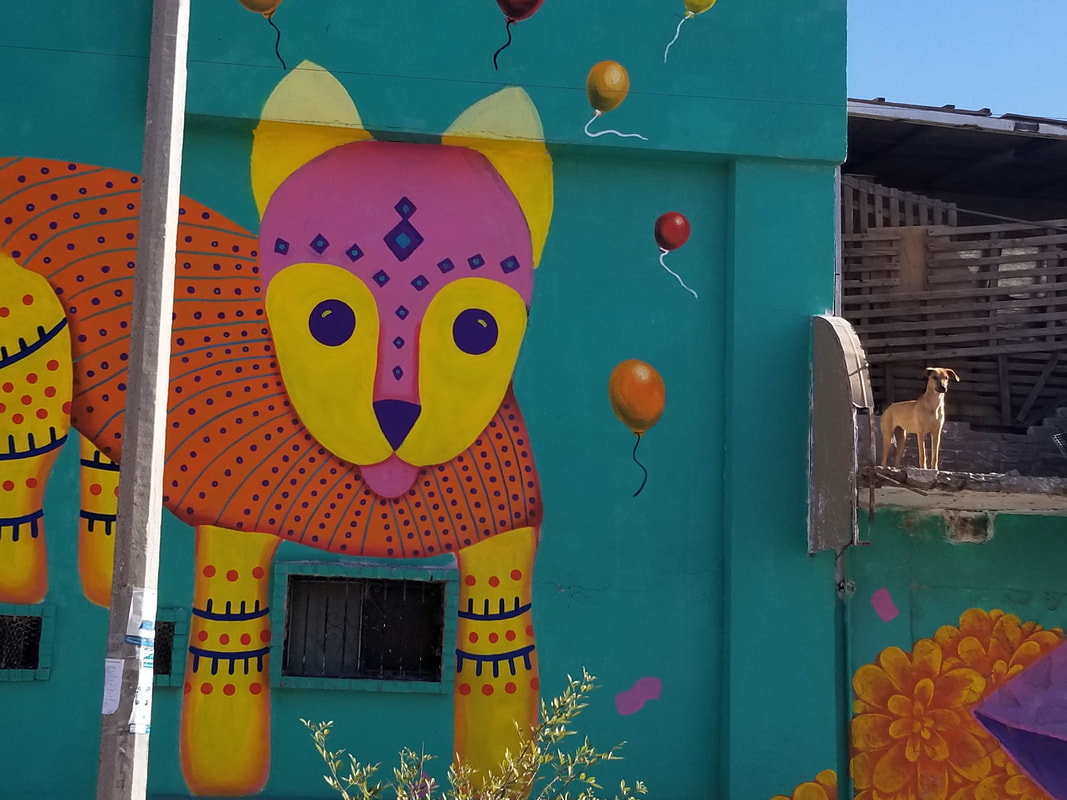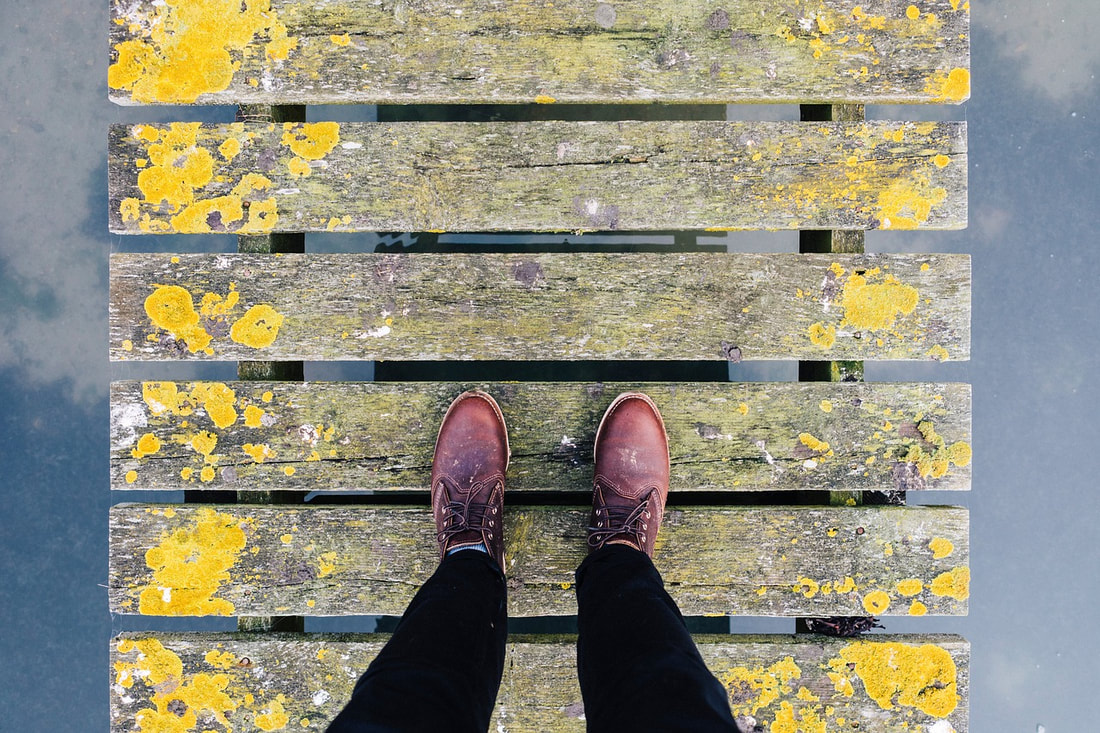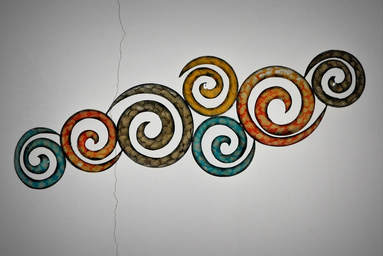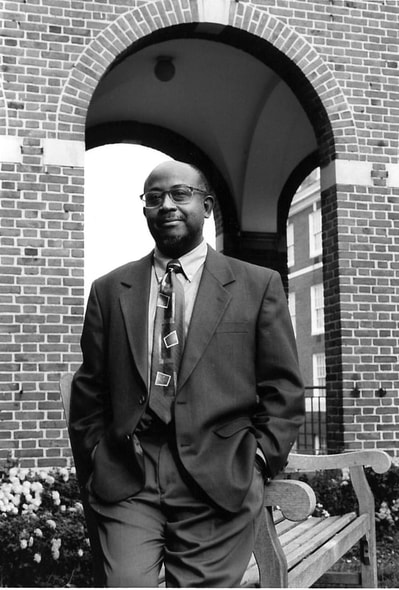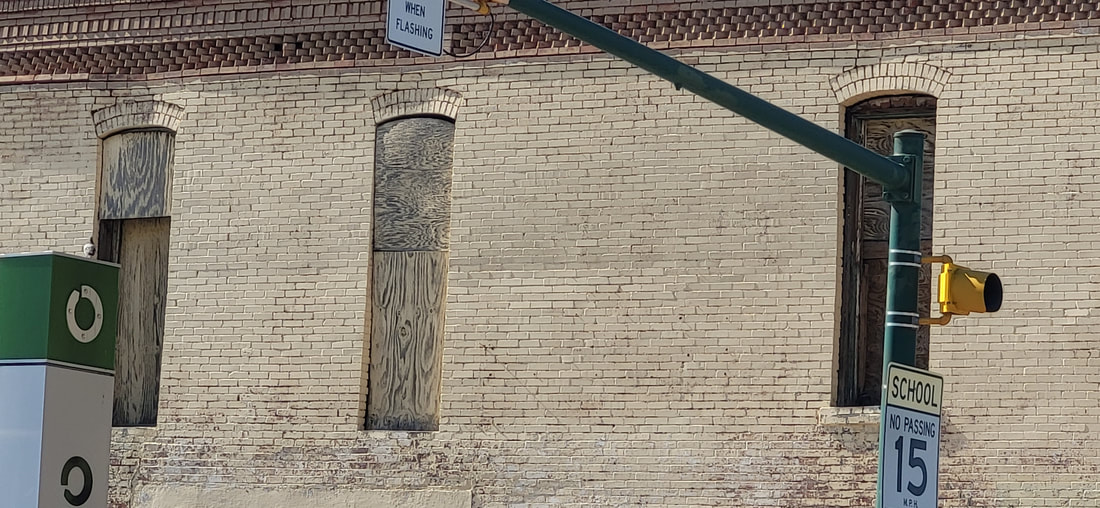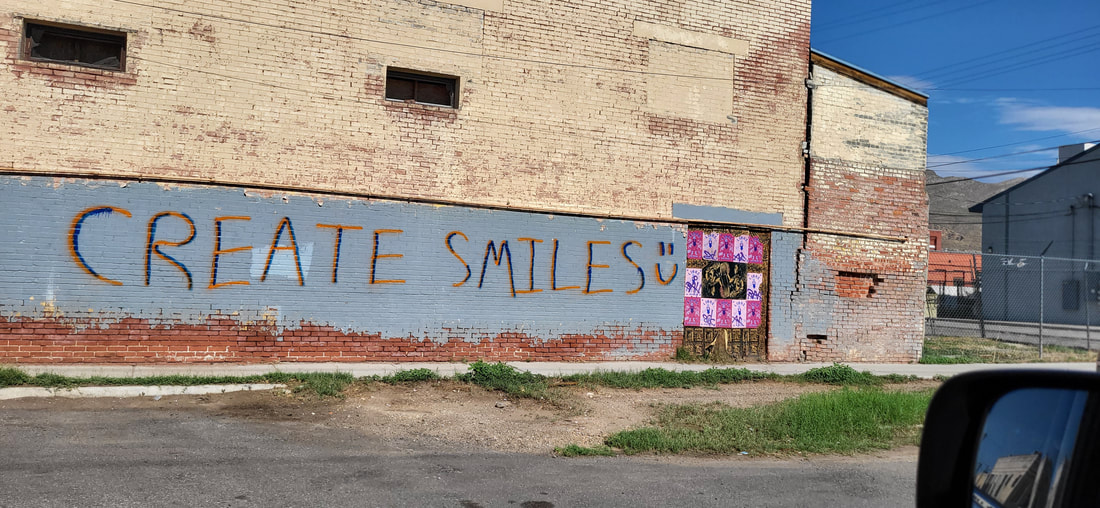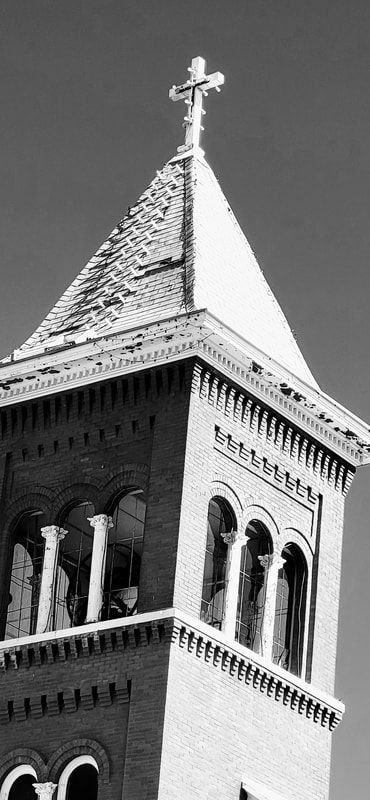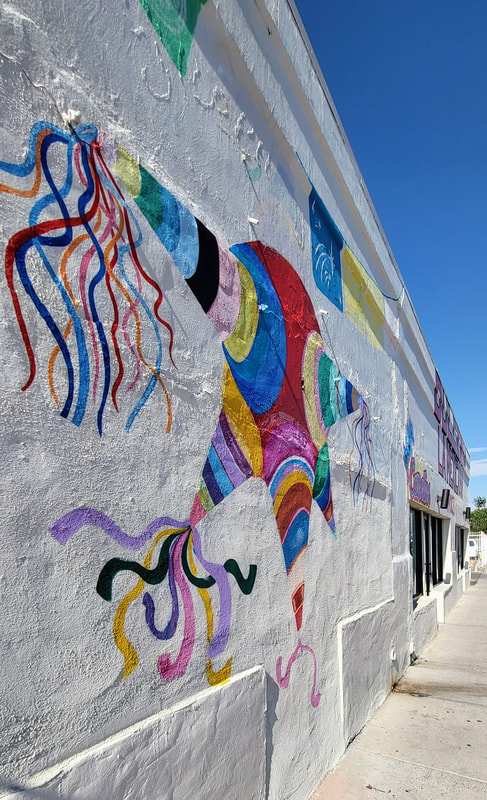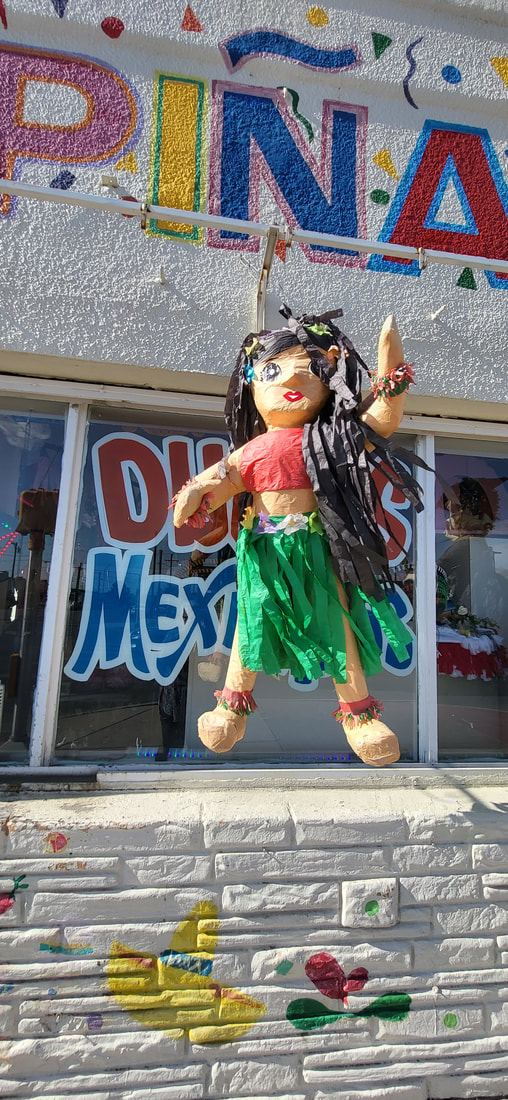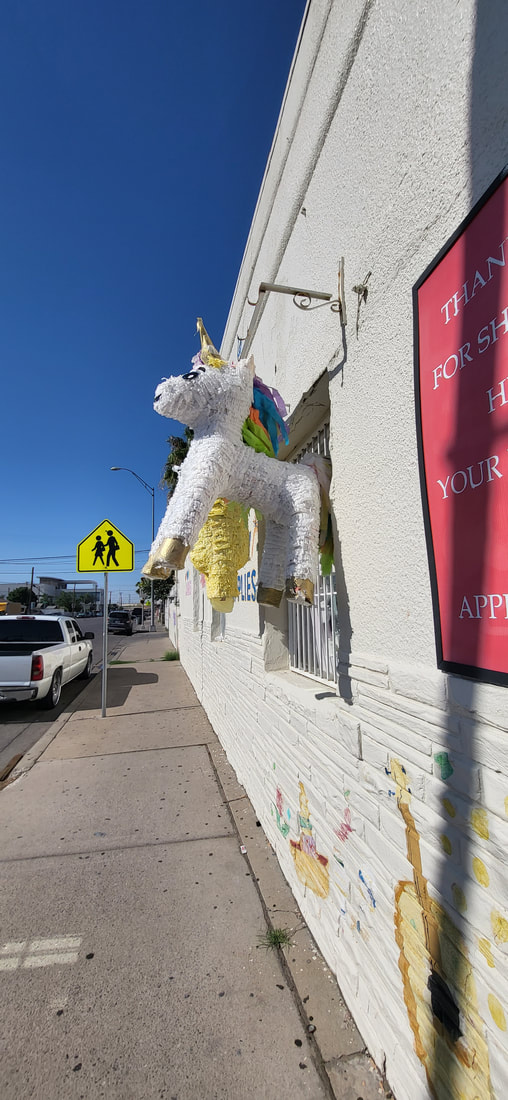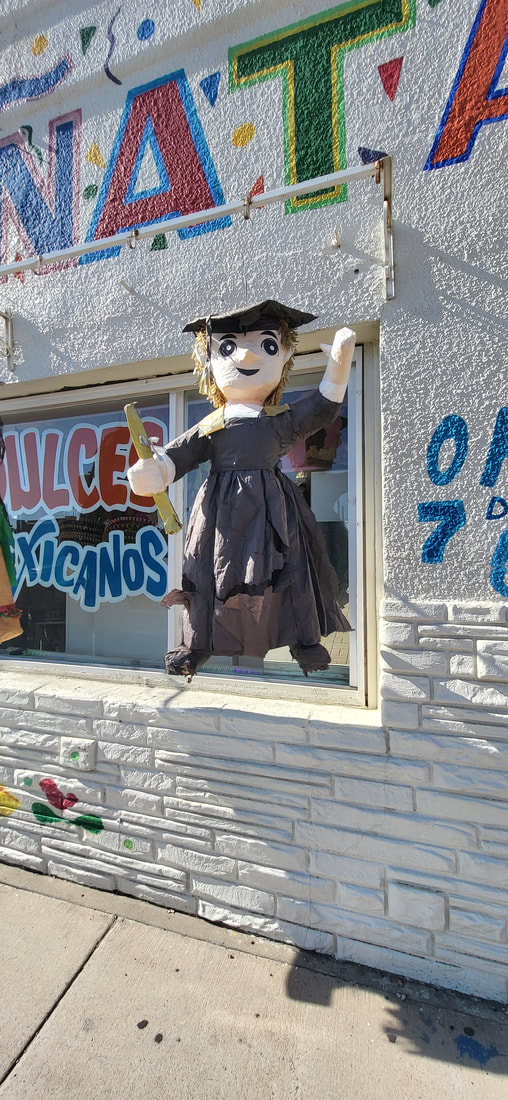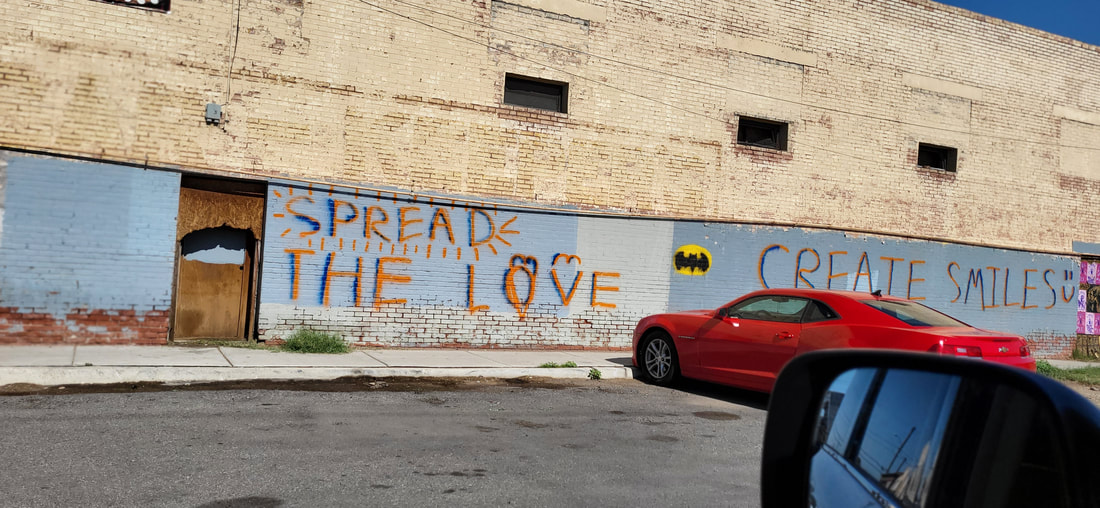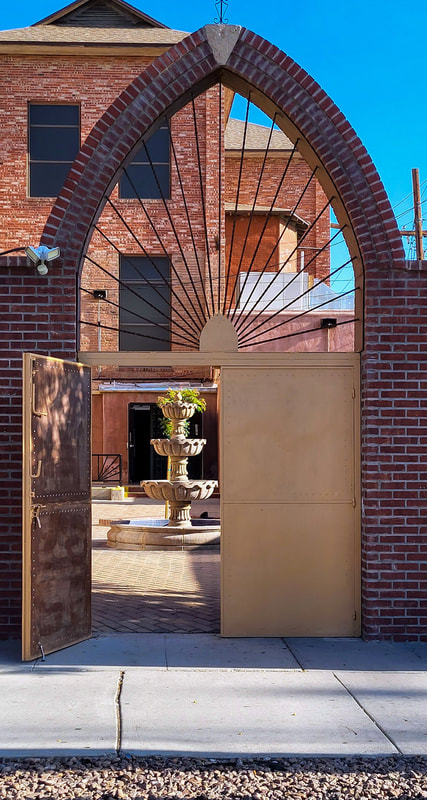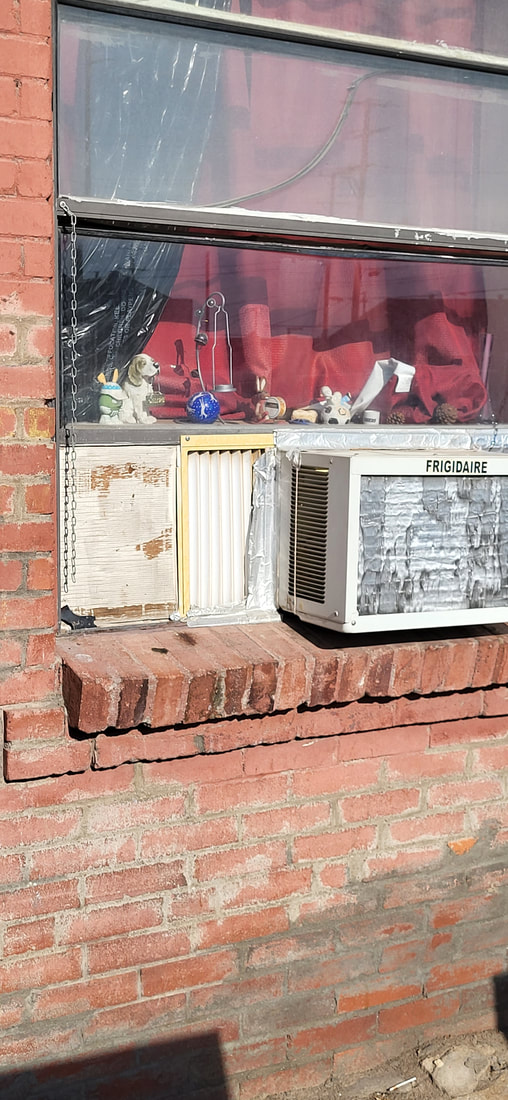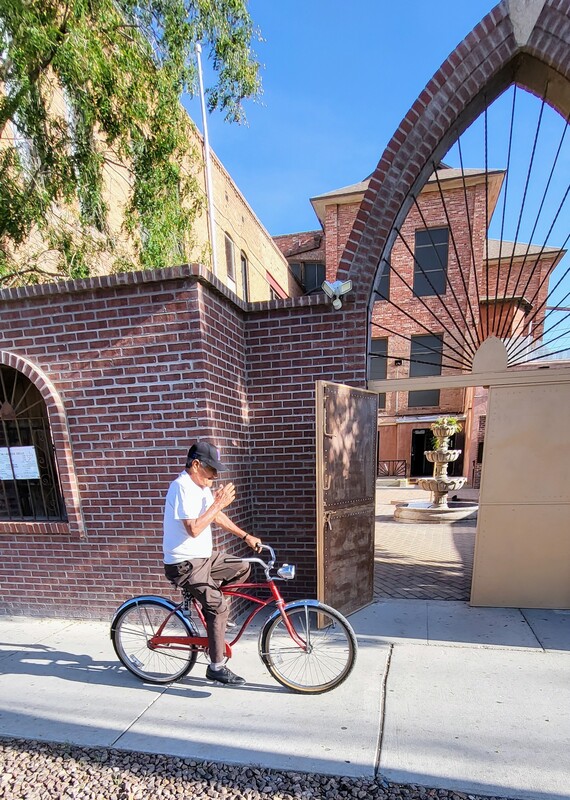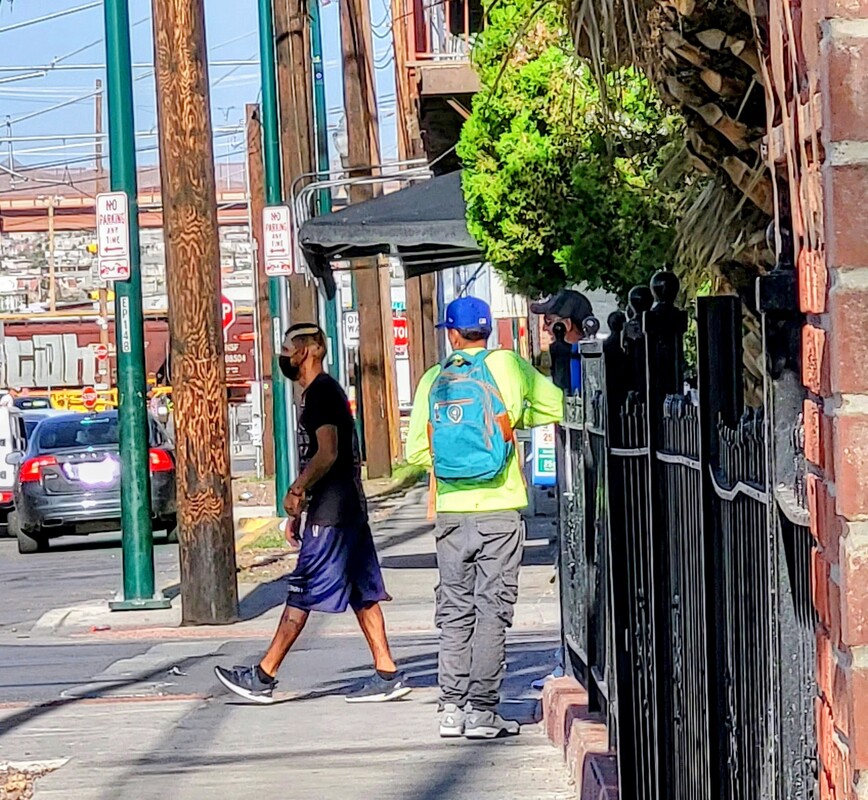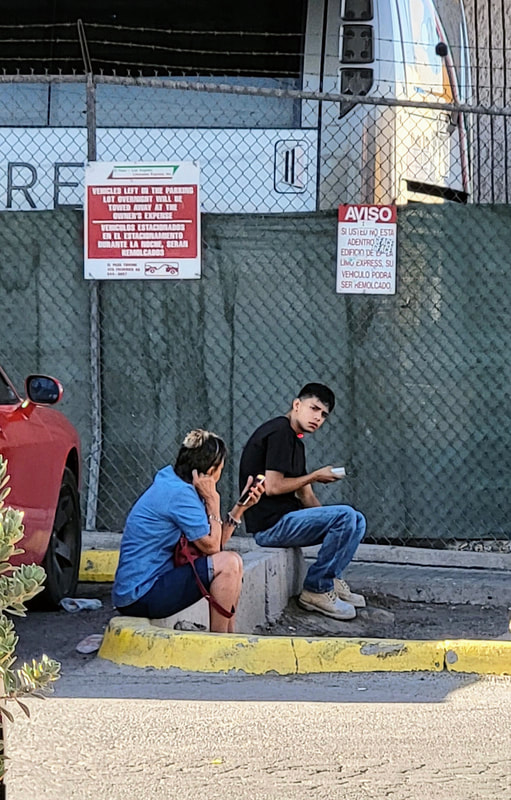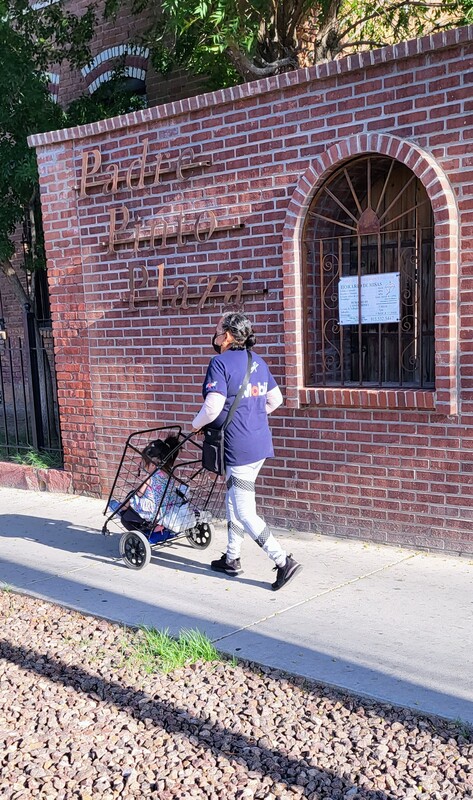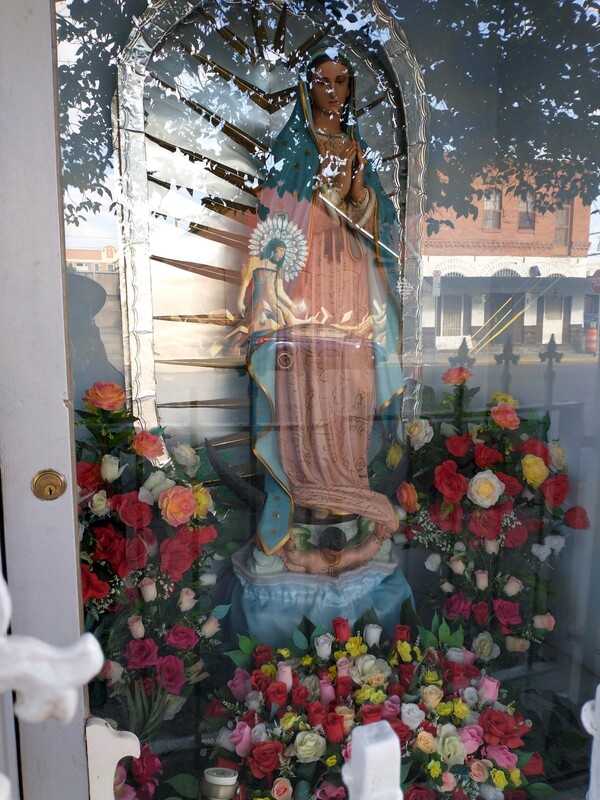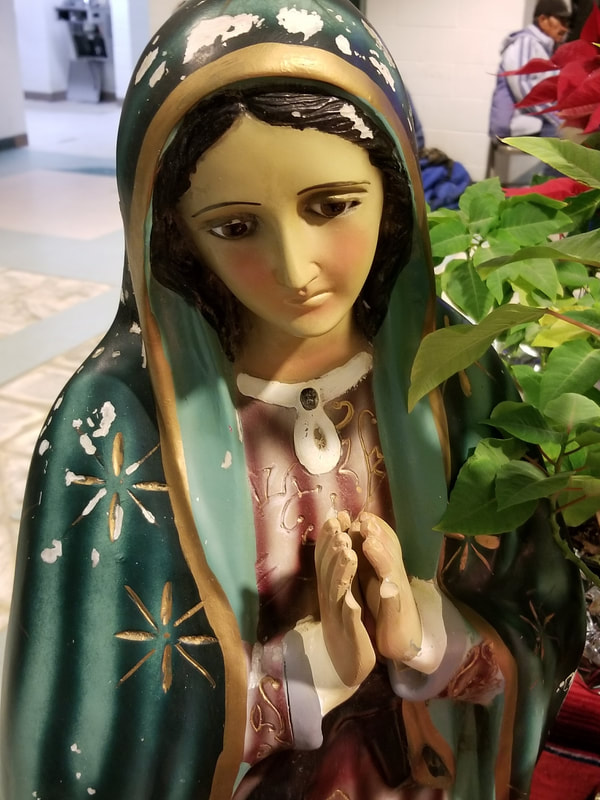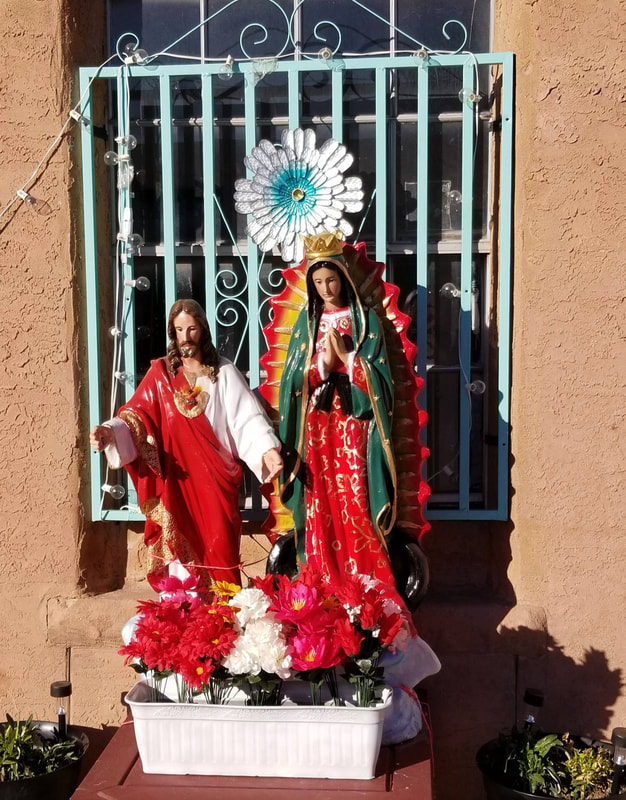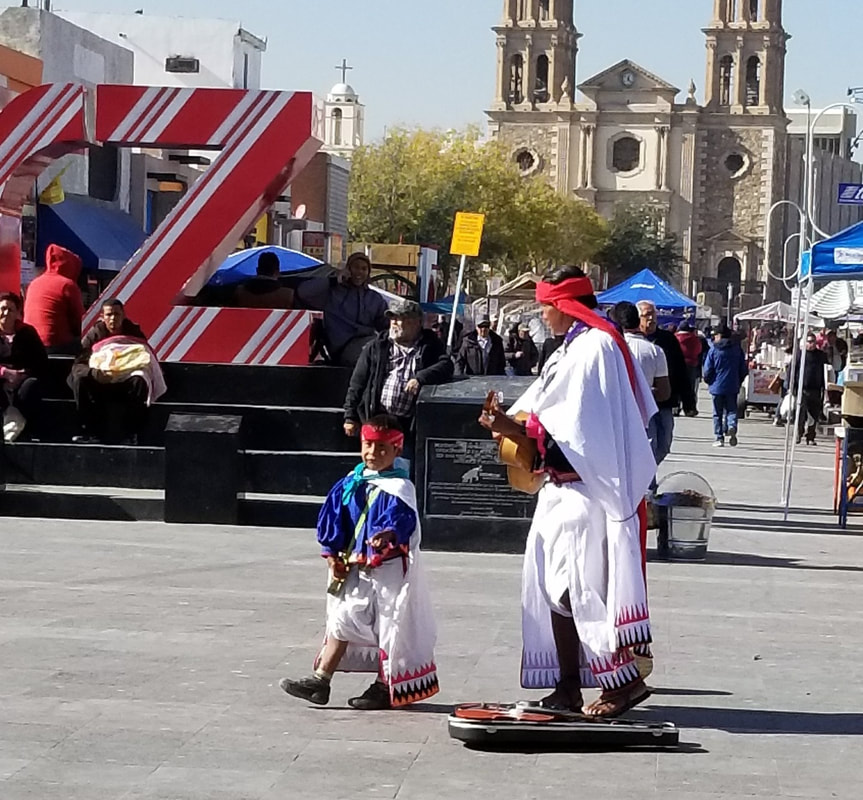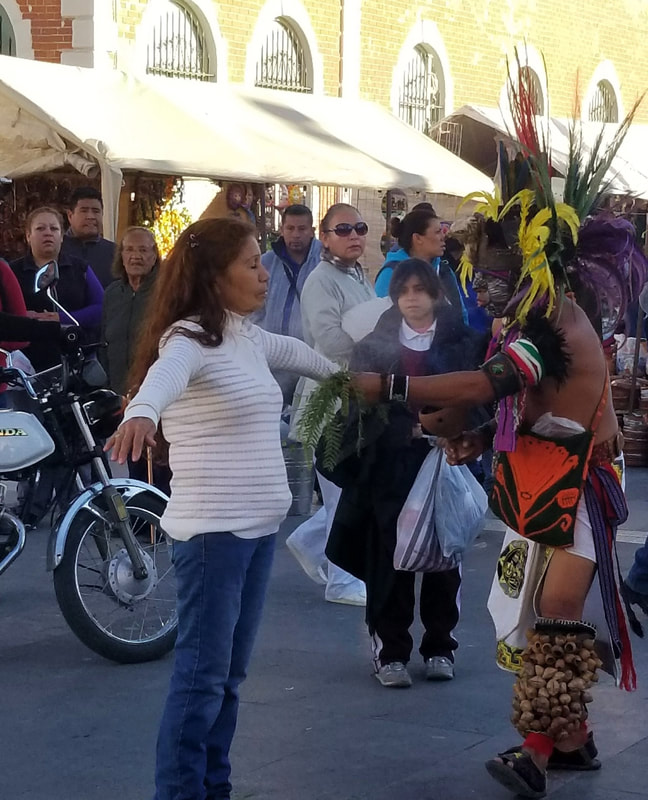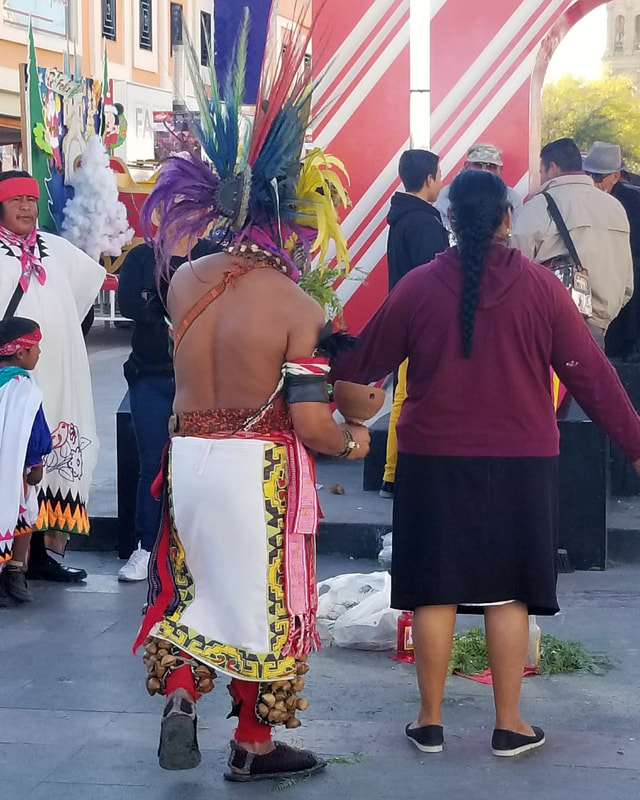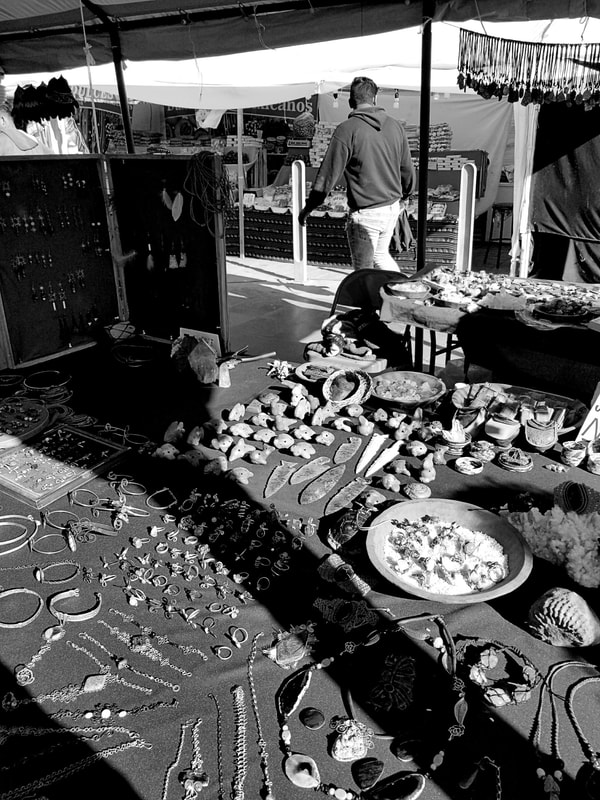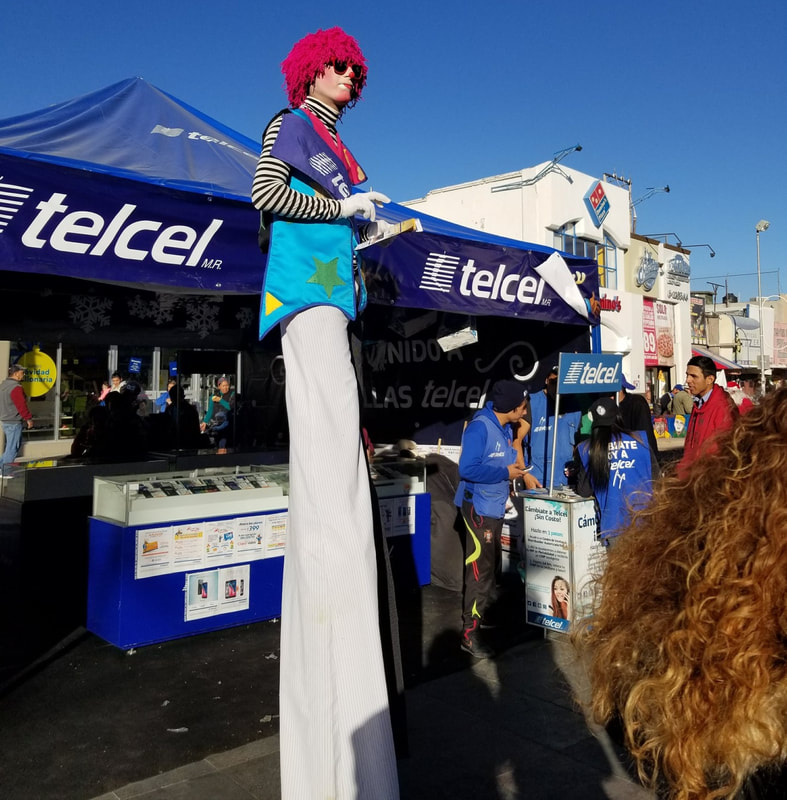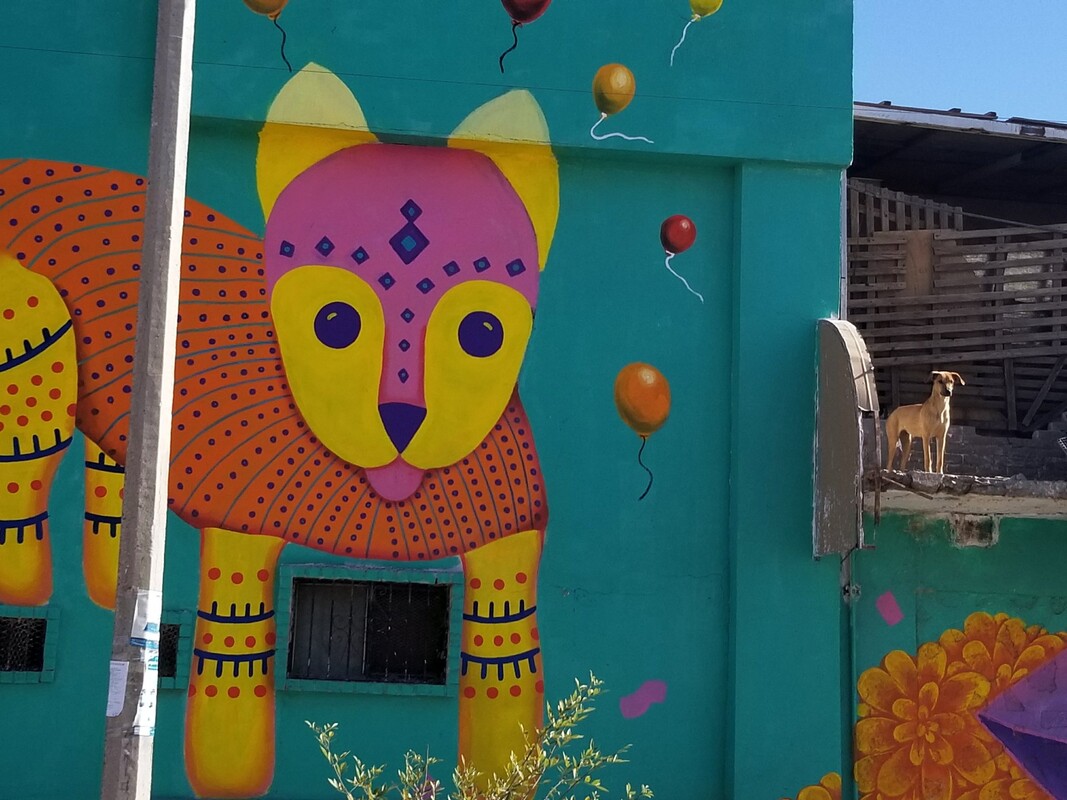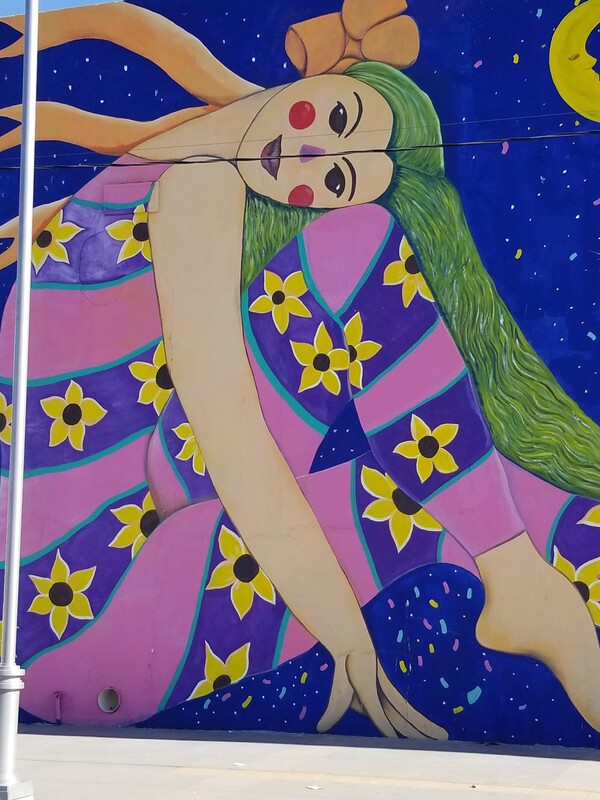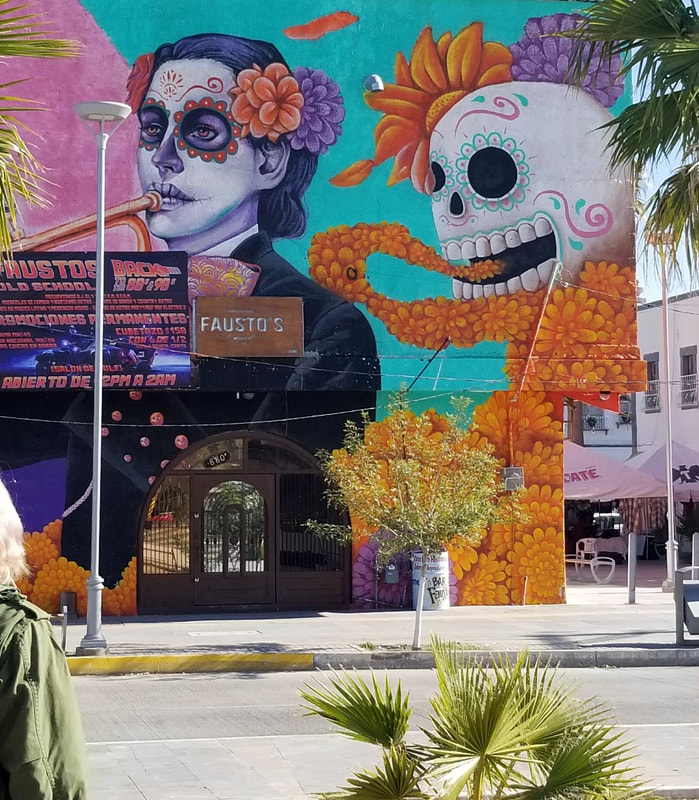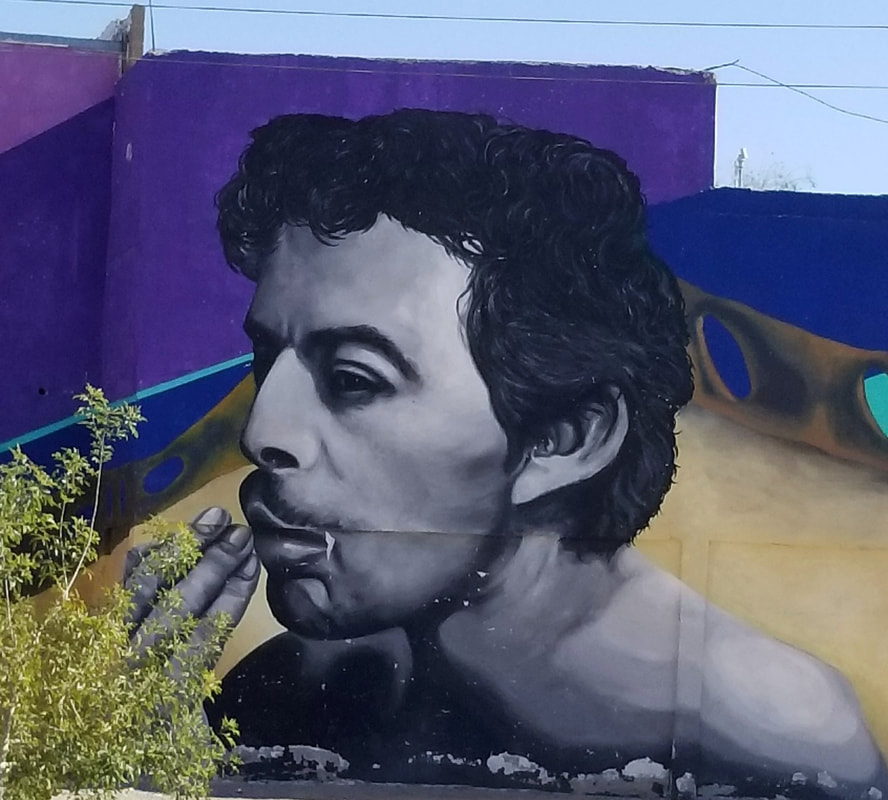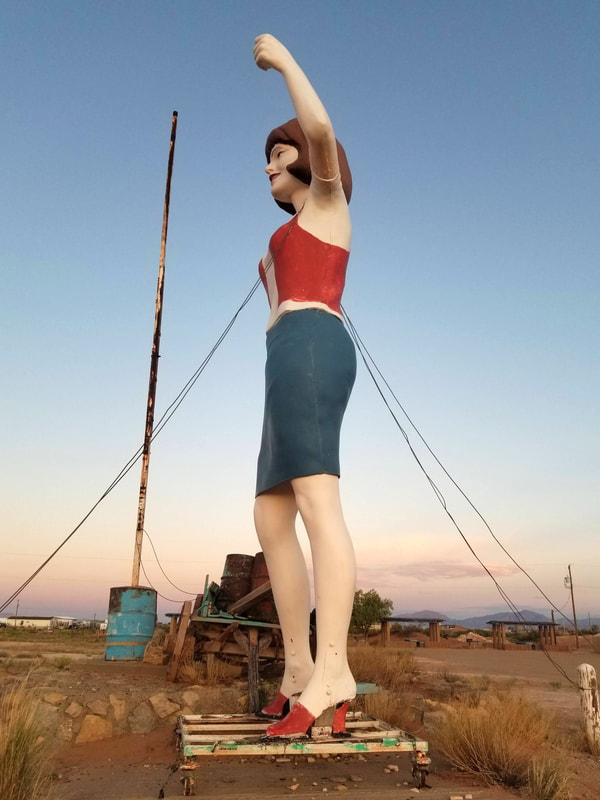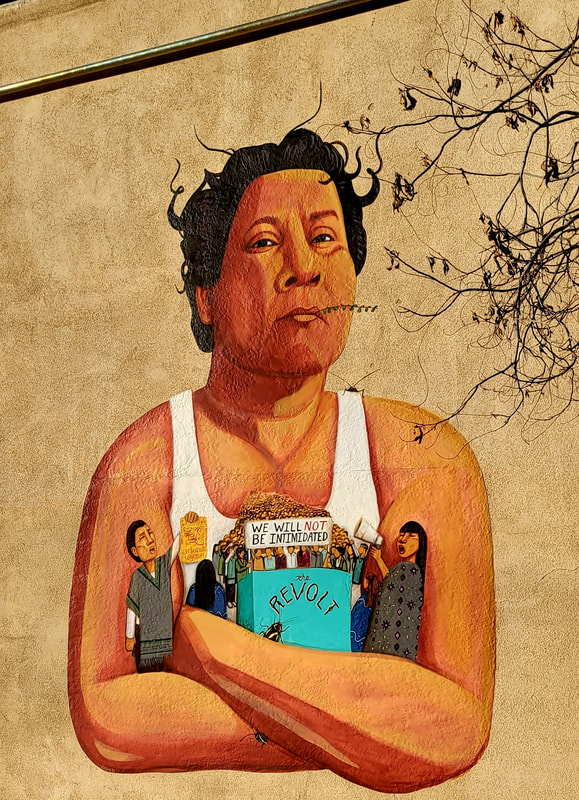|
There are stories. There are stories that are passed on from generation to generation. And there are stories that are silenced and forgotten. There are people who carry the stories consciously and those who don't care. Sometimes the stories survive in the most breathtaking of details and others barely exist as fragments and glimpses. They can teach us hope or they can explode with trauma. Years ago, I studied with writer Sharon Bridgforth whose innovative work is recognized nationally. In an early class, she asked the question, "Who are your people?" For me, a newly-minted PhD in history, a carrier of family stories, a fronteriza born on one side and raised on the other, and still carrying the uncertainty and the ambiguity of adoption, the question took away my breath. Where did I fit in? Did I belong? Who were my people? I knew the answer lay in the stories I knew and especially the ones that I didn't know. My healing lay in bridging the interrupted story. I use the word “interrupted” because I know that silencing, hiding, forced forgetting or all the other ways we lose our histories don’t put an end to the stories. They are interrupted, not destroyed. Their presence continues in the lives of generation after generation even if the details of the stories are lost. In Spanish, history and story are represented by the same word--historia. If you trace the word historia back far enough past the 15th century Middle English to 12th c. French to Latin all the way back to the 6,000 year-old Proto-Indo European language root, we find that historia grew from the verb “to see.” What happens if we can no longer “see” our history and our stories. What happens if they are interrupted by fear or shame or forced silencing? If we cannot bear witness to our histories, how can we heal? In Silencing the Past: Power and the Production of History, historian Michel-Rolph Trouillot explores how power centers certain voices and represses others, most often invisibly. “History is the fruit of power, but power itself is never so transparent that its analysis becomes superfluous. The ultimate mark of power may be its invisibility; the ultimate challenge, the exposition of its roots,” writes Trouillot in his preface. It is one of my favorite quotes from this compelling book. Year after year, my undergraduate students sit in our classroom stunned at some part of their own history that they did not know and ask “Why were we never taught this?” I ask them to answer their own question. Eventually, they know that it has to do with control and power. Keeping our histories and our stories hidden from us is a way to restrict our deepest knowledge of ourselves. It is a way to limit our understanding of the strategies that our ancestors used to survive. It not only keeps us from the hope embedded in the stories, it often makes the sources of our traumas invisible. Trouillot traces the creation of silence in the production of history to four crucial moments: the making of the sources, the making of the archives, the making of the narrative, and the decision regarding what is the significance of this history. Clearly, in the discipline of history there are structures that create silences. So too in our everyday lives. Some stories are too dangerous to share. We need look only at the ways that violence is used to silence people in their personal lives. This violence ranges from threats of physical violence to loss of employment to threats of displacement. Michel-Rolph Trouillot As an oral historian, I have seen people self-censor themselves to protect themselves or their families. In a 2016 oral history that I conducted with Jesús Zamora (born in the 1940s), he talked about his grandfather’s dying words. “Don’t tell them who you are.” His grandfather who came of age at a time when the Mexican government paid for “Apache scalps” and the US government declared all-out war against Native peoples, his abuelito understood the danger of telling others that he was Native. Mr. Zamora, a Vietnam vet, now says that he can be who he really is without fear and works with Native American soldiers through a special program at the nearby military installation.
Over a decade and a half ago as I worked with high schools students in Socorro, east of El Paso, a young woman discovered that her great-grandmother had been raped as a young woman during the Mexican Revolution. The story has been kept alive from great-grandmother to grandmother to mother but they had not wanted her to know because they wanted to protect her from this terrible family story. When they finally shared it with her because of our history project, she was both relieved to know this history that had shaped her family but also grieved over her great-grandmother’s experiences. Sometimes stories are silenced out of shame or embarrassment. One day, two decades ago as I lectured about Emma Tenayuca, a fierce labor organizer in San Antonio whose work in the 1930s brought her national (and often negative) attention, one of my students approached me after class. She hesitantly told me that she was related to Tenayuca but that her family didn’t want anyone to know because Tenayuca had been a member of the Communist Party and they were embarrassed. Later, in this series I will share a story that my own family tried to silence because of their embarrassment that my great-aunt Felicitas Leyva had married a Black man, John Lucas, in the early twentieth century during Jim Crow. It is one of the interrupted stories that I have worked to bridge. As an educator, I’ve seen this interrupting happen over and over again. Families try to keep the suffering and the trauma away from their children believing that not knowing will protect them. The treacherous thing about the interrupted story is that, while the story itself may be invisible, its consequences are not. Our physical, emotional, mental, and spiritual traumas leave us unbalanced, confused, and suffering. We may think of our emotions, thoughts, and behaviors “irrational” without knowing their roots. While uncovering our stories helps us understand ourselves, just knowing isn’t enough to heal us. It is the beginning, however. The first step to healing an interrupted story is to create a bridge over the rupture of the story. Sometimes this comes in the form of uncovering more details, fleshing out the history. As a historian, research is often my form of bridging. Bridging can come with deep listening, both to our elders and to ourselves. What if we cannot recover the historical facts of a family story? I often think that the growing popularity of DNA testing and genealogy is actually rooted in our efforts to bridge these interrupted stories. (In the US, genealogy is second as a “hobby” only to gardening.) As a spiritual person, prayer and meditation and calling out to our ancestors also allows me to create a bridge. We all need healing. In the following weeks, FierceFronteriza will present a series of posts on interrupted stories and bridging the rupture. I invite you to consider what stories need bridging in your own life.
1 Comment
Barbara Lau
3/13/2018 07:15:54 am
Your wisdom, my friend Yoli, is so powerful. Thank you for these ideas, these resources, and for your beautiful writing. I look forward to reading more and learning more deeply.
Reply
Leave a Reply. |
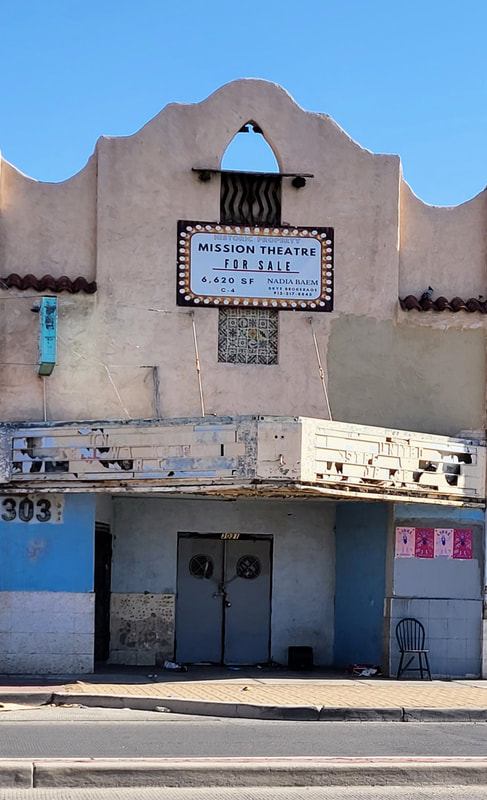
My father used to tell me about sneaking into this theater to watch movies as a kid in the 1910s. It showed Spanish language films. In the 1940s, it was transformed into a "whites only" theater but that didn't last long. By the 1950s, it was headquarters to the Mine, Mill, and Smelter Workers Union, a radical labor organization. Before it closed, it housed the Mine and Mill Bar.
Segundo Barrio
Father Rahm Street
July 2022
La Virgensita en la frontera
Cd Juarez downtown
December 2017
La Mariscal, Ciudad Juarez, 2017
Montana Vista 2019
El Centro July 2022
